Fitness Through Play: How to Reimagine Physical Education for Lifelong Wellness
SHAPE America
MAY 22, 2025
Learn how to identify their target heart rate zone (and understand why staying within that zone can improve cardiovascular endurance). Empower Students Through Voice and Choice Motivation soars when students have a say in how they move. Practice taking their pulse using a 6-second count (and multiply by 10).

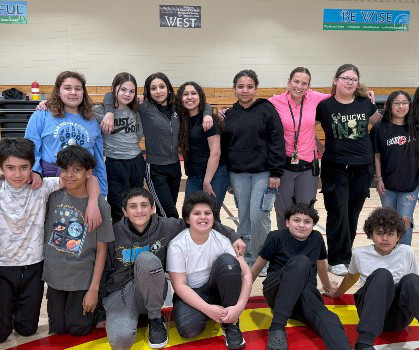
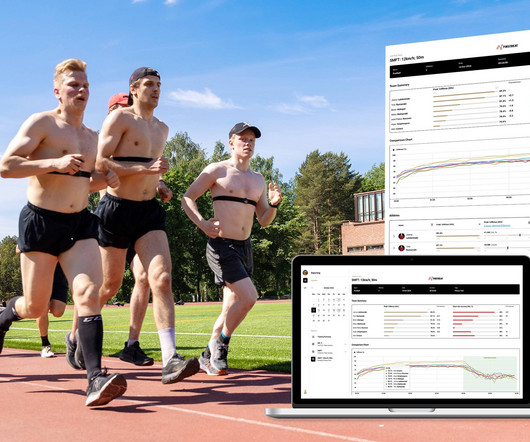

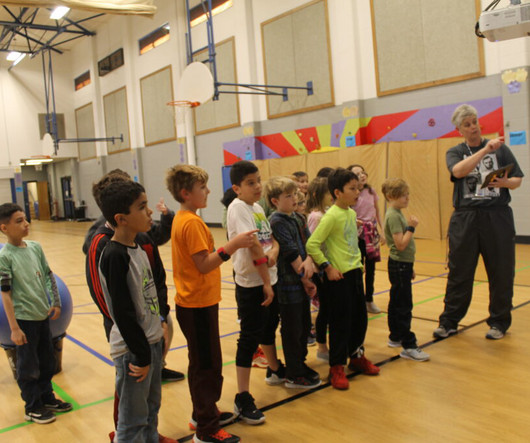
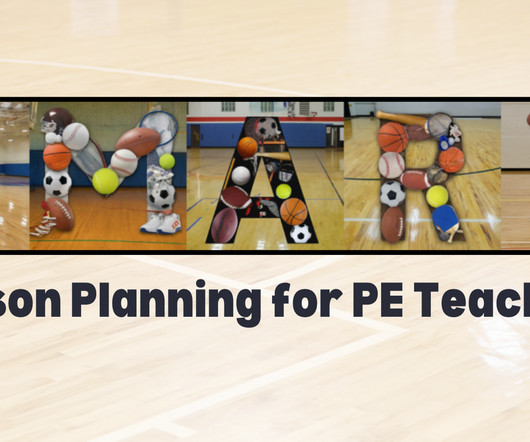
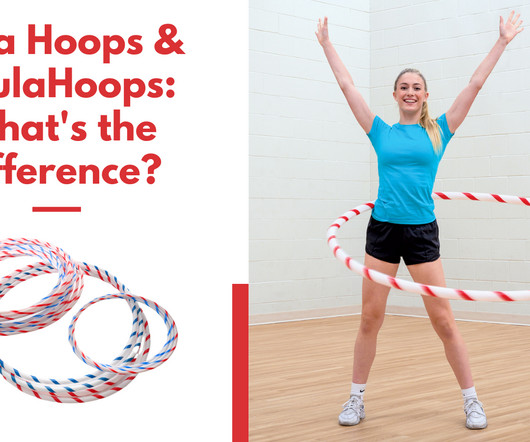


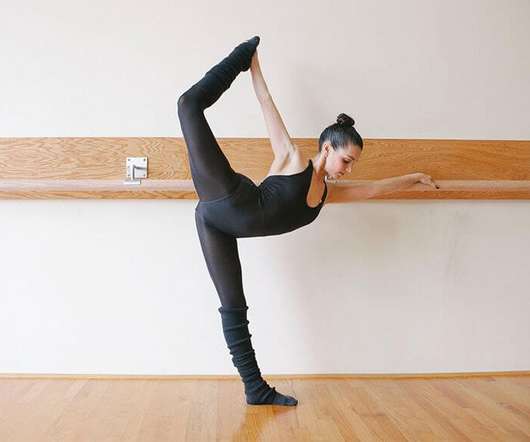












Let's personalize your content